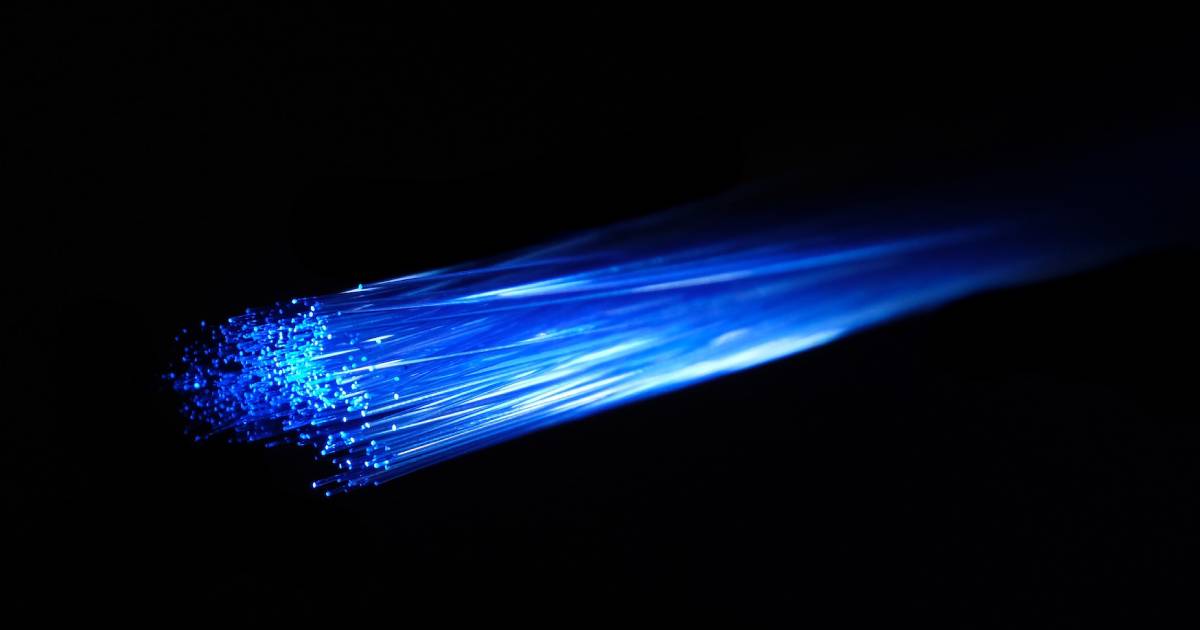The term attenuation, as used by networking professionals, refers to the loss of signal strength caused by external or internal factors. Let’s look at how attenuation happens and what options there are for increasing signal strength.
What Is Attenuation in Networking?
The loss of signal strength in networking cables or connections is referred to as attenuation. This is typically measured in decibels (dB) or voltage and can be caused by several factors. Signals may become distorted or indistinguishable as a result. The Wi-Fi signal and strength, for example, become noticeably weaker the further your device is from the router.
The greater the signal strength over a long distance when measuring attenuation in a wired network, the more effective the cable. Less efficient cables will suffer from signal attenuation, and network administrators may need to adjust the cable or insert amplifiers or repeaters to increase signal strength. However, the more signal amplifiers that are used, the slower the signal speed between endpoints will become due to the extra components that have been added.
Attenuation can occur with any type of cable or wireless connection, including the ones listed below:
- Copper cables
- Fiber cables
- Satellite
- Radio signals
- Wireless networks
Amplification vs. Attenuation
While attenuation is the loss of signal strength, amplification is the increase of signal strength. Amplification, on the other hand, can affect transmission noise, potentially degrading signal quality. Electromagnetic frequencies, electrical currents, wire leakage, and wireless signals are all examples of noise.
Internal software in computer networking can help reduce overall noise so that the signal is not too distorted. One of the key skills and troubleshooting tasks of networking professionals is the management of both attenuation and amplification.
Amplification can occur in a variety of ways. Network or signal repeaters are common methods of signal amplification. Repeaters receive the signal being sent, process it, and then send out a stronger signal to the next waypoint (either another repeater or the end-user).
Signal boosters, which are common with wireless signals, are another option. Antennas are typically used in conjunction with, or as a requirement for, booster equipment.
Another method is domain name system (DNS) amplification, which is typically associated with network security systems and is used to amplify the signal to confuse a target server by flooding it with data.



